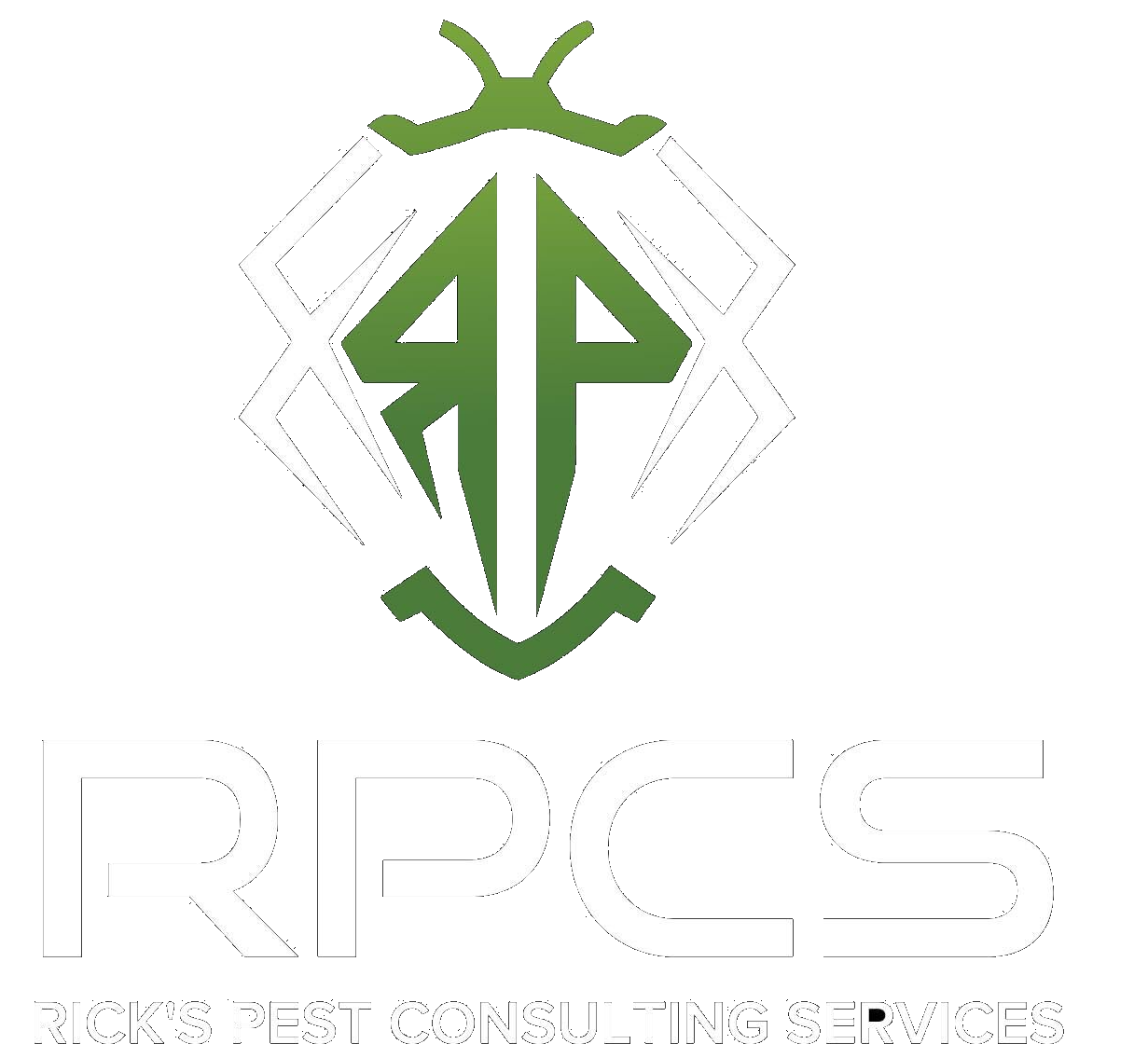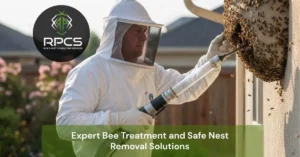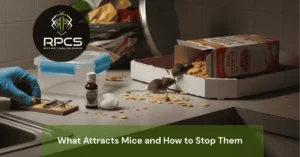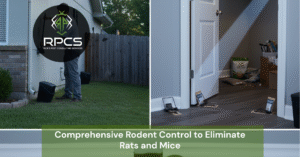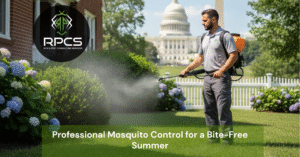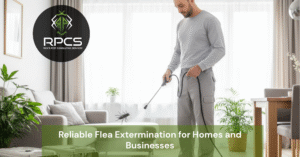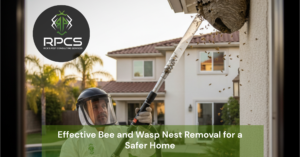From structural damage to serious health concerns, the real cost of ignoring pests in your home or business adds up quickly.
This blog explores the hidden and not-so-hidden costs of pest infestations and why calling a professional exterminator early can save you thousands in the long run.
1. Property Damage: The Most Expensive Risk
One of the most significant consequences of ignoring pests is structural damage. Termites, carpenter ants, and rodents are notorious for chewing through wood, drywall, and even electrical wiring.
Termite Trouble
- Termites alone cause over $5 billion in property damage annually in the U.S.
- The problem? Most homeowners’ insurance policies do not cover termite damage.
Rodent Wreckage
- Rats and mice chew insulation, wiring (increasing fire risk), and plumbing.
- Their nesting habits lead to costly repairs inside walls, attics, and basements.
Ignoring early signs like droppings, gnawed materials, or hollow-sounding wood can leave you with hefty bills and a compromised home.
2. Health Risks for You and Your Family
Pests are more than just a nuisance — they can make you sick.
Rodents and Roaches:
- Spread bacteria like Salmonella, Leptospirosis, and Hantavirus.
- Leave droppings and urine behind that contaminate surfaces.
Insects:
- Cockroaches are a leading trigger of asthma and allergies in children.
- Mosquitoes can carry West Nile virus and Zika.
- Ticks carry Lyme disease and other tick-borne illnesses.
If you’re ignoring pests because they “aren’t that bad,” remember the health of your family may already be compromised.
3. Contamination of Food and Water
Pests love your kitchen and pantry. Unattended infestations often lead to the contamination of food supplies and water sources.
- Mice and rats can chew through boxes, bags, and even plastic containers.
- Insects often lay eggs in dry goods like flour or cereal.
- Roaches and ants can infest appliances and get into plumbing.
This leads to increased grocery bills, wasted food, and potential illness from unknowingly ingesting contaminated items.
4. Pest Populations Multiply Quickly
What starts as a small issue can quickly spiral out of control.
- A single female mouse can produce up to 60 offspring in one year.
- A termite queen lays thousands of eggs per day.
- Cockroaches multiply rapidly, especially in warm and moist environments.
Delaying action gives pests the time they need to establish colonies, making them harder (and more expensive) to eliminate later.
5. Reputation and Property Value Loss
For property owners and businesses, pest problems are not only unsanitary — they can ruin reputations and devalue your property.
- Rental property? Pest sightings lead to tenant turnover and poor reviews.
- Selling your home? Pest-related issues can lower home inspection scores and derail deals.
- Businesses (especially restaurants or clinics) risk health department fines, bad press, and even shutdowns.
Investing in pest control now protects both your property value and public image.
6. Increased Cost of Delayed Treatment
DIY methods often only scratch the surface of the infestation, allowing pests to return stronger. The longer the problem persists, the more complex and expensive the treatment becomes.
Compare the Costs:
- Early professional inspection: $100–$300
- Full-home fumigation or structural repairs: $5,000–$15,000+
Hiring a pest control expert at the first sign is not an expense — it’s a cost-saving decision.
7. Peace of Mind Is Priceless
Living with pests can cause mental stress, sleep disturbances, and general discomfort in your own home. Knowing your home is free of infestations improves not just your physical health, but your overall well-being.
Final Thoughts
Pests are not a “wait and see” problem — they’re a “handle it now” priority. The longer you ignore them, the more expensive and dangerous the situation becomes.
Schedule a pest inspection today and invest in prevention. Whether it’s termites in the basement or mice in the attic, the cost of early action is always cheaper than the cost of long-term damage.
